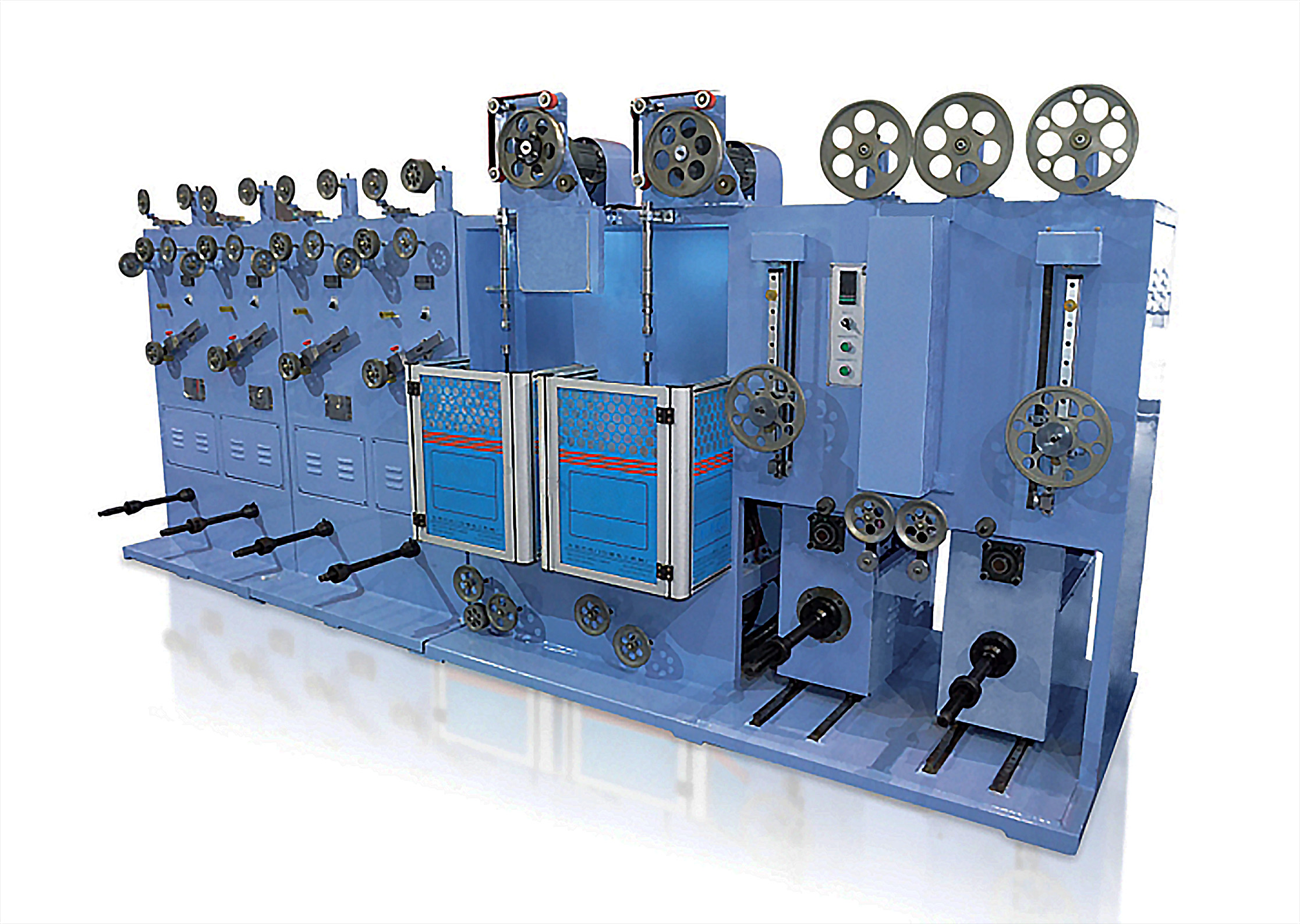Unraveling the Variations in Twisted Pair Cables

The difference between six types of twisted pair cables and five types of twisted pair cables lies in their specific design, capabilities, and applications. Understanding these distinctions is essential for selecting the appropriate cable for different networking requirements. This article unravels the intricacies of these cables, exploring their unique features and use cases.
The Six Types of Twisted Pair Cables:
1. Category 3 (Cat3) Twisted Pair Cable:
Cat3 twisted pair cable is primarily used in traditional telephone networks and supports data transmission rates up to 10 Mbps. It consists of four pairs of copper wires twisted together and has a maximum cable length of 100 meters. Cat3 cables are not suitable for high-speed internet connections but are still employed in legacy systems.
2. Category 5 (Cat5) Twisted Pair Cable:
Cat5 twisted pair cable is commonly used for Ethernet networks with data transmission rates up to 100 Mbps. It provides improved performance compared to Cat3 cables by utilizing tighter twists in the wire pairs, reducing crosstalk between wires. Cat5 cables are limited to a maximum length of 100 meters and are widely used in residential and small business networks.
3. Category 5e (Cat5e) Twisted Pair Cable:
Cat5e cable is an enhanced version of Cat5 cable and supports data transmission rates up to 1 Gbps. It offers superior performance by reducing crosstalk and external interference. The 'e' in Cat5e stands for "enhanced." Cat5e cables are backward compatible with Cat5 cables and are widely used in modern Ethernet networks.
4. Category 6 (Cat6) Twisted Pair Cable:
Cat6 cable supports data transmission rates up to 10 Gbps and has improved signal-to-noise ratio compared to Cat5e cables. It consists of thicker-gauge wire and tighter twists, reducing crosstalk and allowing for better performance in high-bandwidth applications. Cat6 cables are commonly used in professional environments that require higher data transfer speeds.
5. Category 6a (Cat6a) Twisted Pair Cable:
Cat6a cable is an augmented version of Cat6 cable and supports data transmission rates up to 10 Gbps over longer distances (up to 100 meters). It provides better resistance to external noise and has improved alien crosstalk measures. Cat6a cables are suitable for high-speed data centers, server farms, and demanding environments.
6. Category 7 (Cat7) Twisted Pair Cable:
Cat7 cable, also known as Class F cable, offers the highest performance among twisted pair cables. It supports data transmission rates of up to 100 Gbps over a maximum distance of 100 meters. Cat7 cables employ shielding technology to minimize crosstalk, external interference, and signal degradation. They are typically used in data centers and mission-critical applications.
The Five Types of Twisted Pair Cables:
1. Unshielded Twisted Pair (UTP) Cable:
UTP cable is the most commonly used and cost-effective type of twisted pair cable. It lacks any external shielding but utilizes the natural twist of the wire pairs to reduce interference. UTP cables are widely used in Ethernet networks, telephone systems, and residential applications.
2. Shielded Twisted Pair (STP) Cable:
STP cable features an outer metal shield or foil surrounding each individual pair of twisted wires. This shielding reduces electromagnetic interference and minimizes signal degradation. STP cables are predominantly used in environments with high levels of electromagnetic interference, such as manufacturing plants or areas with proximity to radios or power lines.
3. Screened Twisted Pair (ScTP) Cable:
ScTP cable, also known as Foiled Twisted Pair (FTP) cable, incorporates an overall foil shield around all wire pairs, providing enhanced protection against crosstalk and external interference. ScTP cables find applications in environments where high data rates and noise immunity are necessary.
4. Foiled Twisted Pair (FTP) Cable:
FTP cable employs a foil shield wrapped around each individual pair of twisted wires in addition to an overall foil shielding. This double layer of shielding offers excellent protection against crosstalk and electromagnetic interference. FTP cables are commonly used in applications that demand higher levels of protection and performance.
5. S/FTP (Screened/Foiled Twisted Pair) Cable:
S/FTP cable combines the individual shielding of each pair of wires with an overall shield. This provides maximum protection against crosstalk, noise, and external interference. S/FTP cables are extensively used in high-speed applications and in areas with substantial electromagnetic interference.
In summary, the various types of twisted pair cables differ in their transmission capabilities, noise resistance, and shielding mechanisms. Understanding these differences is essential for selecting the appropriate cable for specific networking needs, ensuring optimal performance and reliability.

